Home>Gardening & Outdoor>Landscaping Ideas>What Mown Lawns Do
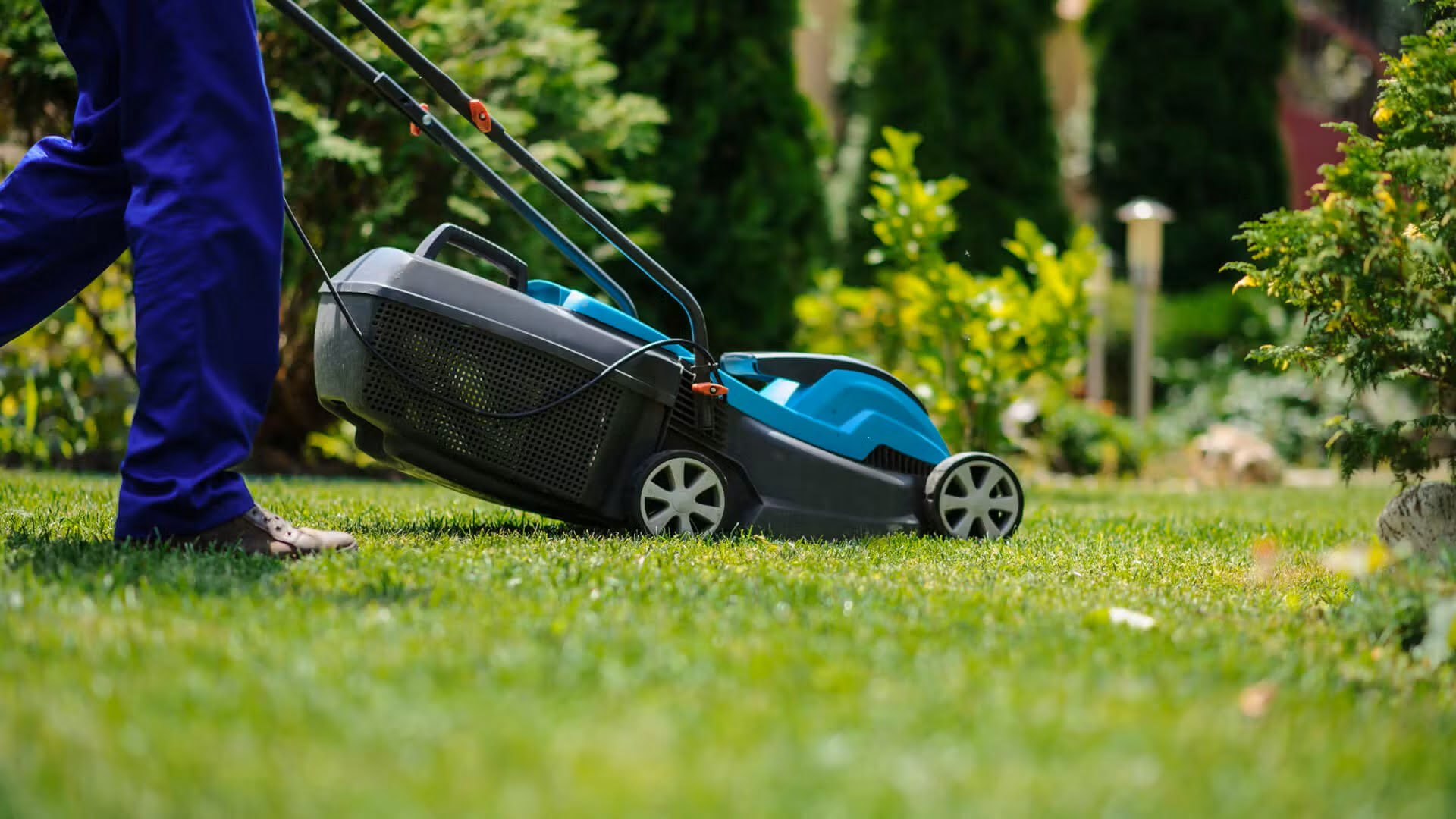

Landscaping Ideas
What Mown Lawns Do
Modified: September 2, 2024
Discover the best landscaping ideas for mown lawns to enhance the beauty of your outdoor space. Get inspired with our expert tips and create a stunning landscape.
(Many of the links in this article redirect to a specific reviewed product. Your purchase of these products through affiliate links helps to generate commission for Storables.com, at no extra cost. Learn more)
**
Introduction
**
Maintaining a well-kept lawn is a timeless tradition that has adorned residential and commercial properties for centuries. The sight of a freshly mown lawn evokes feelings of tranquility and pride, making it a cornerstone of outdoor aesthetics. However, beyond the visual appeal, mown lawns offer a myriad of benefits and play a significant role in the environmental landscape.
A mown lawn is not just a patch of grass; it is a canvas for outdoor activities, a playground for children, and a stage for social gatherings. The act of mowing itself is a ritual that signifies care and attention to detail. It is a labor of love that transforms unruly grass into a polished expanse of greenery. As the lawnmower hums and the grass surrenders to its blades, a sense of order and harmony is restored to the outdoor space.
In this article, we delve into the multifaceted nature of mown lawns, exploring their benefits, environmental impact, and alternative approaches to traditional lawn maintenance. By shedding light on these aspects, we aim to provide a comprehensive understanding of the significance of mown lawns and the broader implications of lawn care practices. Let's embark on a journey through the verdant world of mown lawns and discover the hidden intricacies beneath the familiar facade.
**
Key Takeaways:
- Mown lawns offer more than just visual appeal; they provide recreational space, mental well-being, and habitat for wildlife. They play a crucial role in environmental sustainability and community cohesion.
- Embracing alternatives like natural landscaping, no-mow grasses, and ecological lawn care practices can reduce the environmental impact of traditional lawn maintenance while promoting biodiversity and sustainability.
Read more: What Do Lawn Care Businesses Do
Benefits of Mown Lawns
**
1. Aesthetic Appeal: A mown lawn exudes a sense of elegance and refinement, elevating the visual appeal of any property. The neatly trimmed grass creates a lush carpet that enhances the overall aesthetics of the outdoor space, serving as a picturesque backdrop for landscaping features and architectural elements.
2. Recreational Space: Beyond its visual allure, a mown lawn provides a versatile outdoor area for recreational activities. From family picnics to impromptu games of catch, the expansive green expanse invites leisure and play, fostering cherished moments and bonding experiences among family and friends.
3. Property Value: Well-maintained lawns significantly contribute to the curb appeal and market value of a property. A manicured lawn not only entices potential buyers but also reflects the homeowner’s dedication to property upkeep, making it a valuable investment in the long run.
4. Environmental Benefits: Mown lawns play a crucial role in environmental sustainability by mitigating soil erosion, reducing heat buildup, and promoting air quality. The dense turfgrass acts as a natural air purifier, capturing dust particles and minimizing airborne pollutants, thereby enhancing the overall environmental quality of the surrounding area.
5. Mental Well-being: The act of mowing the lawn itself can be therapeutic, offering a sense of accomplishment and satisfaction. The rhythmic motion of pushing a lawnmower, coupled with the earthy aroma of freshly cut grass, has a calming effect on the mind, providing a brief respite from the demands of daily life.
6. Habitat for Wildlife: Mown lawns, when managed responsibly, can coexist harmoniously with nature, providing a habitat for beneficial insects, birds, and small mammals. By incorporating native plants and creating diverse microhabitats within the lawn, homeowners can support local biodiversity and contribute to ecological balance.
7. Community Cohesion: Mown lawns serve as communal spaces that foster a sense of unity and camaraderie within neighborhoods. Whether hosting outdoor events or engaging in casual conversations with neighbors, well-maintained lawns act as catalysts for community interaction and social connectivity.
From enhancing the visual allure of a property to promoting environmental sustainability and community cohesion, the benefits of mown lawns extend far beyond mere aesthetics, enriching the lives of individuals and the surrounding ecosystem.
Environmental Impact of Mown Lawns
While mown lawns offer a myriad of benefits, it is essential to acknowledge their environmental impact, particularly in the context of resource consumption and ecological implications.
1. Water Usage: Traditional lawn maintenance often entails substantial water consumption, especially in regions with arid climates. The regular irrigation of mown lawns can strain local water resources, contributing to water scarcity and escalating utility costs. Implementing water-efficient practices, such as xeriscaping and utilizing drought-resistant grass species, can mitigate the environmental strain associated with excessive water usage.
2. Chemical Inputs: The use of chemical fertilizers, herbicides, and pesticides in lawn care routines can have adverse effects on the environment. Runoff from these substances may contaminate water bodies, disrupt aquatic ecosystems, and pose health risks to humans and wildlife. Embracing organic lawn care methods and employing natural alternatives to synthetic chemicals can minimize environmental contamination and promote ecological balance.
3. Energy Consumption: Lawn mowing equipment, including gas-powered mowers and trimmers, contributes to energy consumption and air pollution. The combustion of fossil fuels releases greenhouse gases and particulate matter, impacting air quality and contributing to climate change. Transitioning to electric or manual lawn maintenance tools can reduce carbon emissions and diminish the ecological footprint associated with lawn care activities.
4. Biodiversity Impact: Uniform mown lawns, devoid of diverse vegetation, can limit habitat availability for pollinators, beneficial insects, and small wildlife. Monoculture lawns may disrupt local ecosystems, impeding the natural balance of flora and fauna. Introducing native plantings, creating wildflower meadows, and incorporating designated wildlife zones within the lawn can bolster biodiversity and support indigenous species, fostering a more ecologically resilient landscape.
5. Soil Health: Intensive mowing and compaction from heavy lawn maintenance machinery can compromise soil structure and impede natural processes vital for soil health. Soil erosion, nutrient depletion, and decreased microbial activity are potential consequences of excessive lawn maintenance. Implementing sustainable soil management practices, such as aerating, mulching, and minimizing soil disturbance, can nurture robust soil ecosystems and enhance the long-term vitality of the lawn.
By acknowledging and addressing the environmental implications of conventional lawn care practices, individuals can adopt sustainable approaches that minimize ecological harm and promote the coexistence of mown lawns with the natural environment.
Mown lawns help prevent weed growth, promote healthy grass growth, and improve the overall appearance of your yard. Regular mowing also helps to distribute nutrients and water more evenly, leading to a healthier and more vibrant lawn.
Alternatives to Traditional Lawn Mowing
As society embraces sustainability and environmental consciousness, alternative approaches to traditional lawn mowing have emerged, offering eco-friendly and innovative solutions for outdoor maintenance. These alternatives not only reduce environmental impact but also present opportunities for creativity and biodiversity enhancement.
1. Natural Landscaping: Embracing natural landscaping or “rewilding” involves allowing certain areas of the lawn to grow freely, creating a more diverse and ecologically rich landscape. By designating sections for natural growth, homeowners can encourage the proliferation of native plants, wildflowers, and grasses, fostering biodiversity and providing essential habitats for pollinators and wildlife.
2. No-Mow Grasses: No-mow grass species, such as fine fescue and buffalo grass, offer low-maintenance alternatives to traditional turfgrass. These grasses require minimal mowing and irrigation, thriving in diverse environmental conditions while reducing the need for chemical inputs and intensive lawn care routines. Their resilient nature makes them well-suited for eco-conscious lawn management.
3. Permeable Hardscaping: Introducing permeable hardscaping elements, such as gravel pathways, permeable pavers, and eco-friendly driveways, reduces the expanse of traditional lawn areas. These features allow rainwater to infiltrate the soil, minimizing runoff and enhancing groundwater recharge while adding visual interest and functionality to the outdoor space.
4. Native Plant Gardens: Transforming portions of the lawn into native plant gardens not only reduces mowing requirements but also promotes regional biodiversity. Native plants are adapted to local climates and support indigenous wildlife, requiring minimal maintenance while contributing to the ecological resilience of the landscape.
5. Artificial Turf Alternatives: High-quality synthetic turf and artificial grass offer low-maintenance alternatives to traditional lawns, eliminating the need for mowing, watering, and chemical treatments. Modern artificial turf closely resembles natural grass, providing a lush and durable surface that remains verdant year-round without the ecological impacts associated with conventional lawn maintenance.
6. Ecological Lawn Care Practices: Implementing ecological lawn care practices, such as compost topdressing, organic fertilization, and integrated pest management, minimizes the reliance on synthetic chemicals while nurturing soil health and promoting natural resilience. These practices prioritize the long-term vitality of the lawn and its compatibility with the surrounding environment.
By embracing these alternatives, homeowners can cultivate sustainable and vibrant outdoor spaces that harmonize with nature, reduce environmental impact, and contribute to the preservation of ecological balance.
Conclusion
As we navigate the intricacies of lawn maintenance, it becomes evident that mown lawns are not just ornamental features but integral components of our living environment. The act of mowing and caring for a lawn embodies a harmonious relationship between human intervention and natural landscapes, presenting opportunities for sustainability, creativity, and ecological stewardship.
While traditional lawn mowing has long been synonymous with meticulous grooming and uniformity, the emergence of alternative approaches has broadened the horizon of lawn management, encouraging a paradigm shift towards eco-conscious and biodiverse outdoor spaces. Embracing these alternatives not only mitigates the environmental impact of conventional lawn care practices but also enriches the ecological tapestry of our surroundings.
By recognizing the multifaceted benefits of mown lawns, from aesthetic allure to community cohesion, and acknowledging their environmental implications, we can chart a course towards a more sustainable and harmonious coexistence with our outdoor landscapes. Balancing the desire for manicured lawns with the imperative of environmental responsibility empowers individuals to cultivate outdoor spaces that are not only visually captivating but also ecologically resilient and environmentally mindful.
As we tread the verdant path of lawn maintenance, let us embrace the potential for innovation, biodiversity, and sustainable stewardship. By reimagining the role of mown lawns and exploring alternative approaches, we can cultivate outdoor environments that embody the beauty of nature while honoring the delicate balance of our interconnected ecosystem.
Let us embark on this journey with a renewed perspective, where the art of mowing transcends mere aesthetics and becomes a testament to our commitment to environmental harmony and the enduring vitality of our outdoor sanctuaries.
Frequently Asked Questions about What Mown Lawns Do
Was this page helpful?
At Storables.com, we guarantee accurate and reliable information. Our content, validated by Expert Board Contributors, is crafted following stringent Editorial Policies. We're committed to providing you with well-researched, expert-backed insights for all your informational needs.
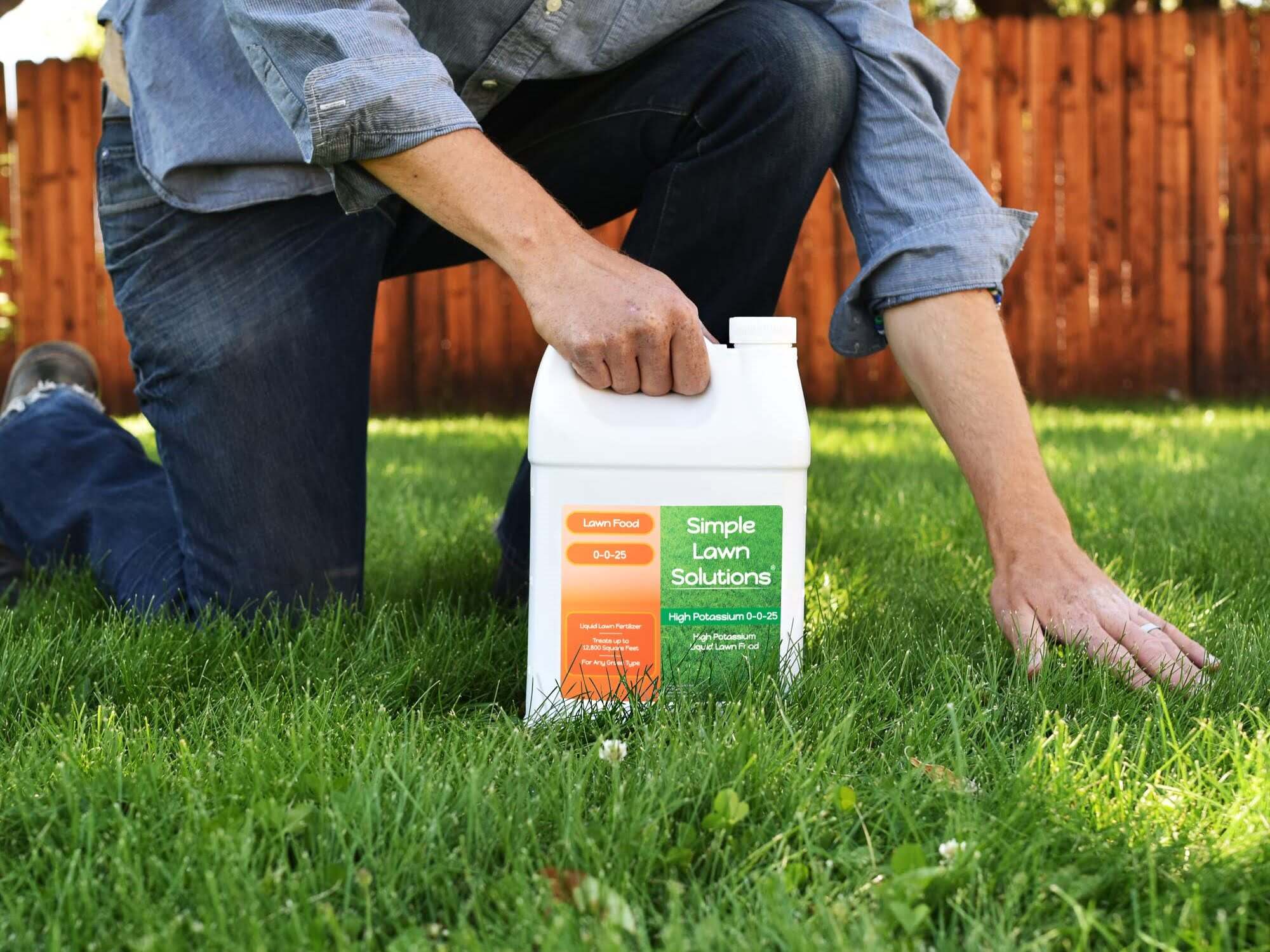
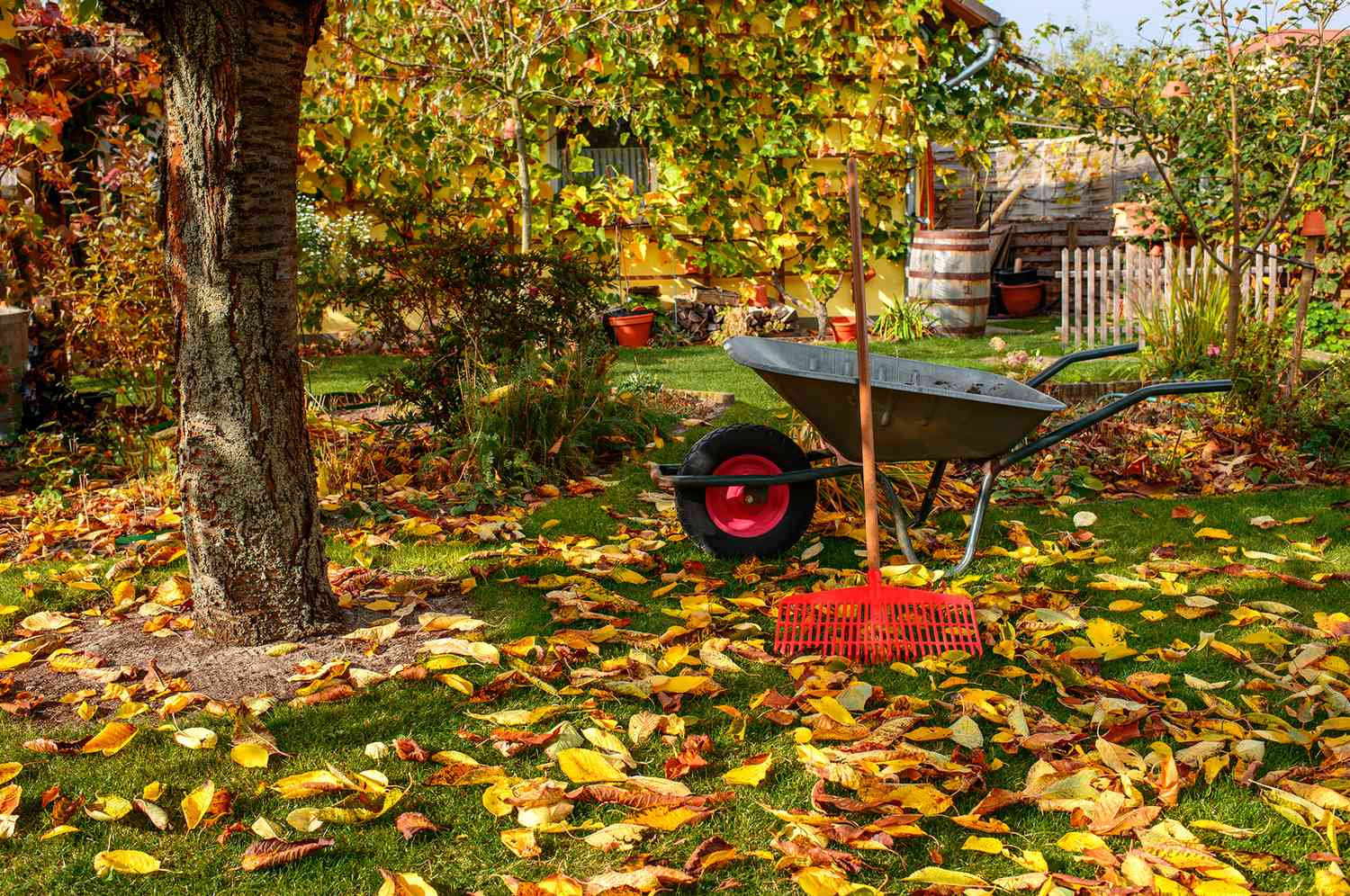
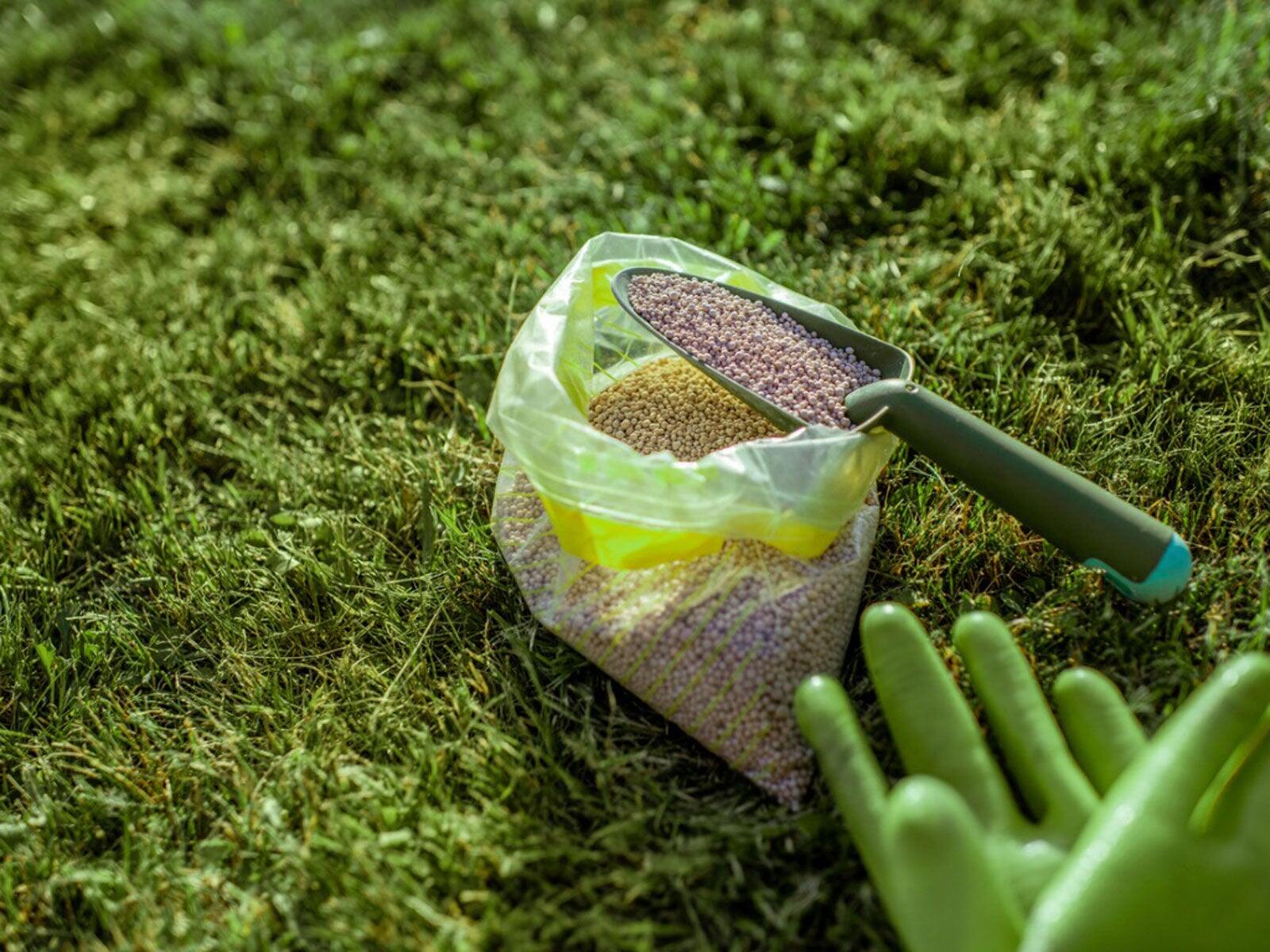
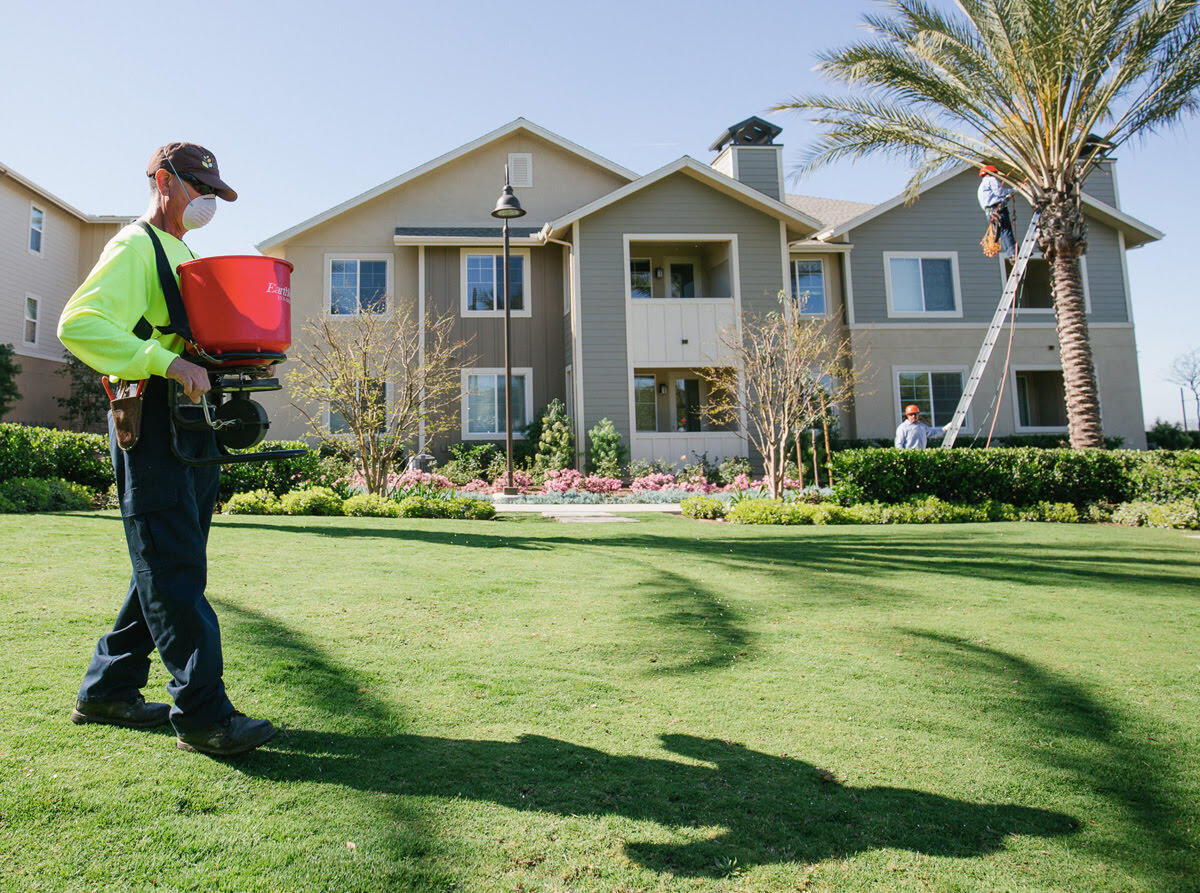
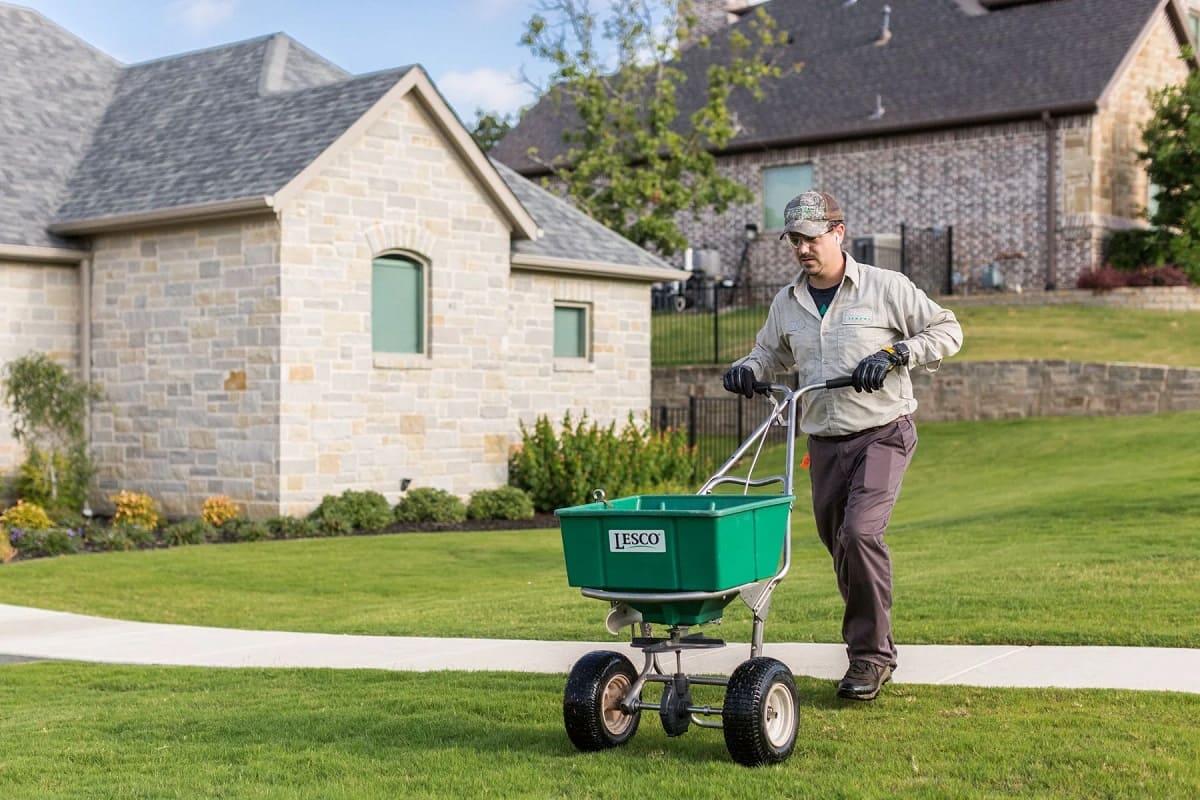
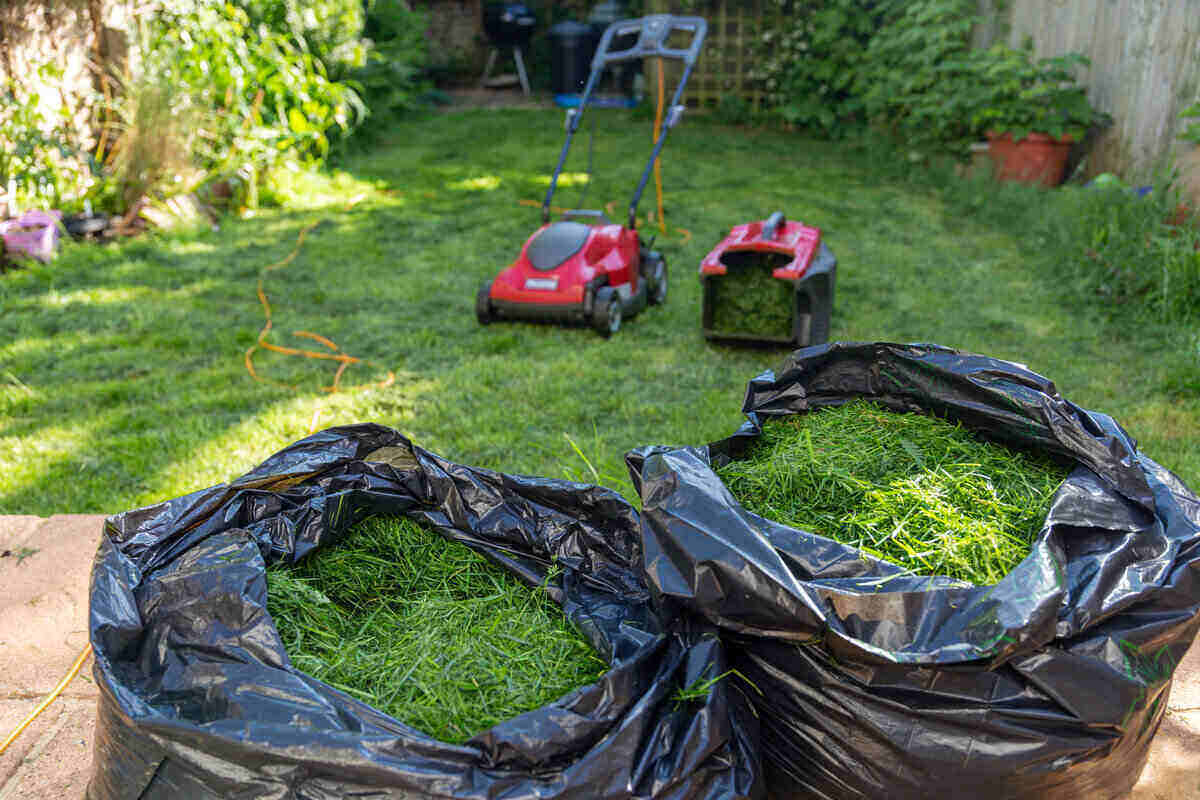
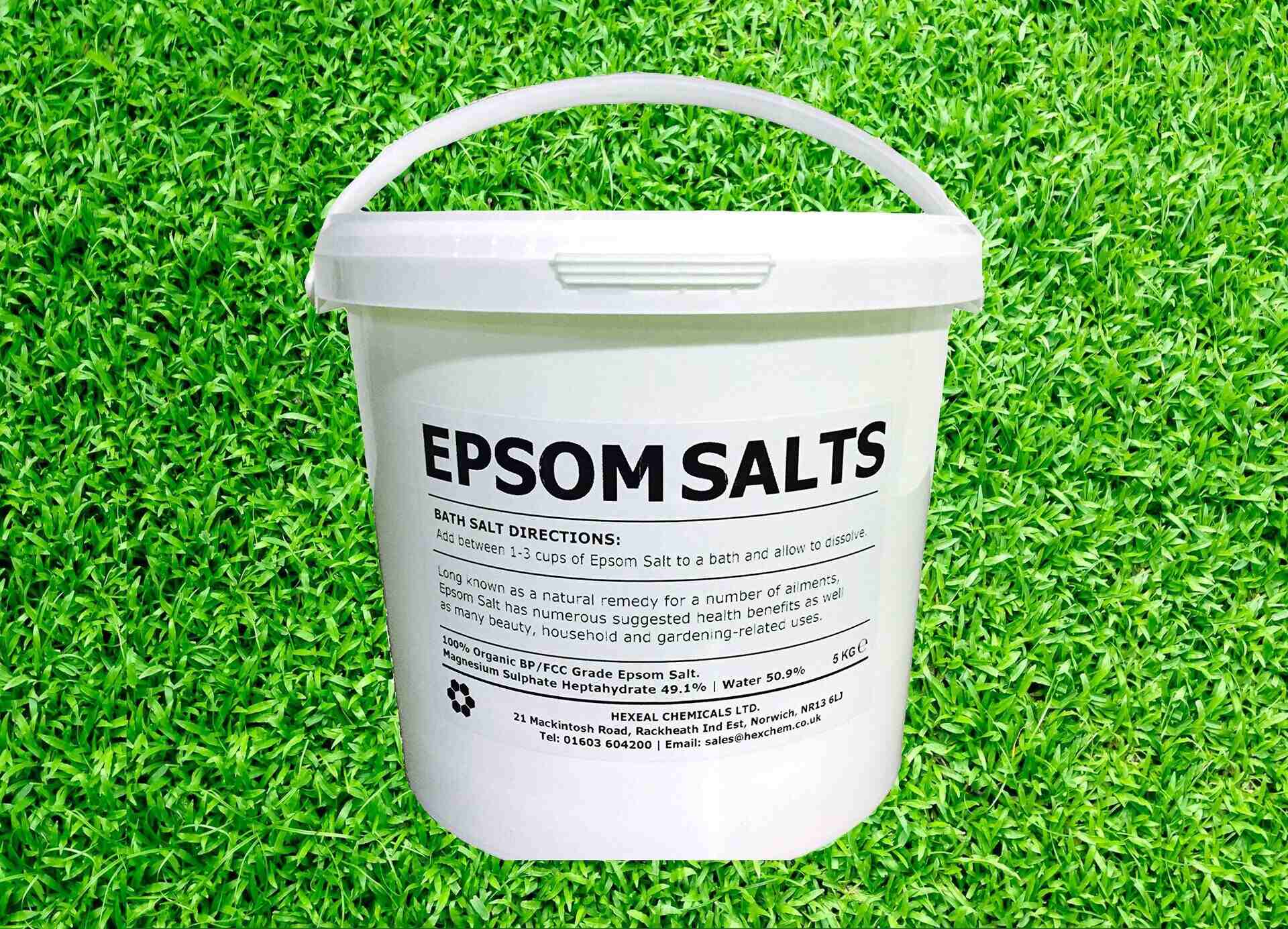
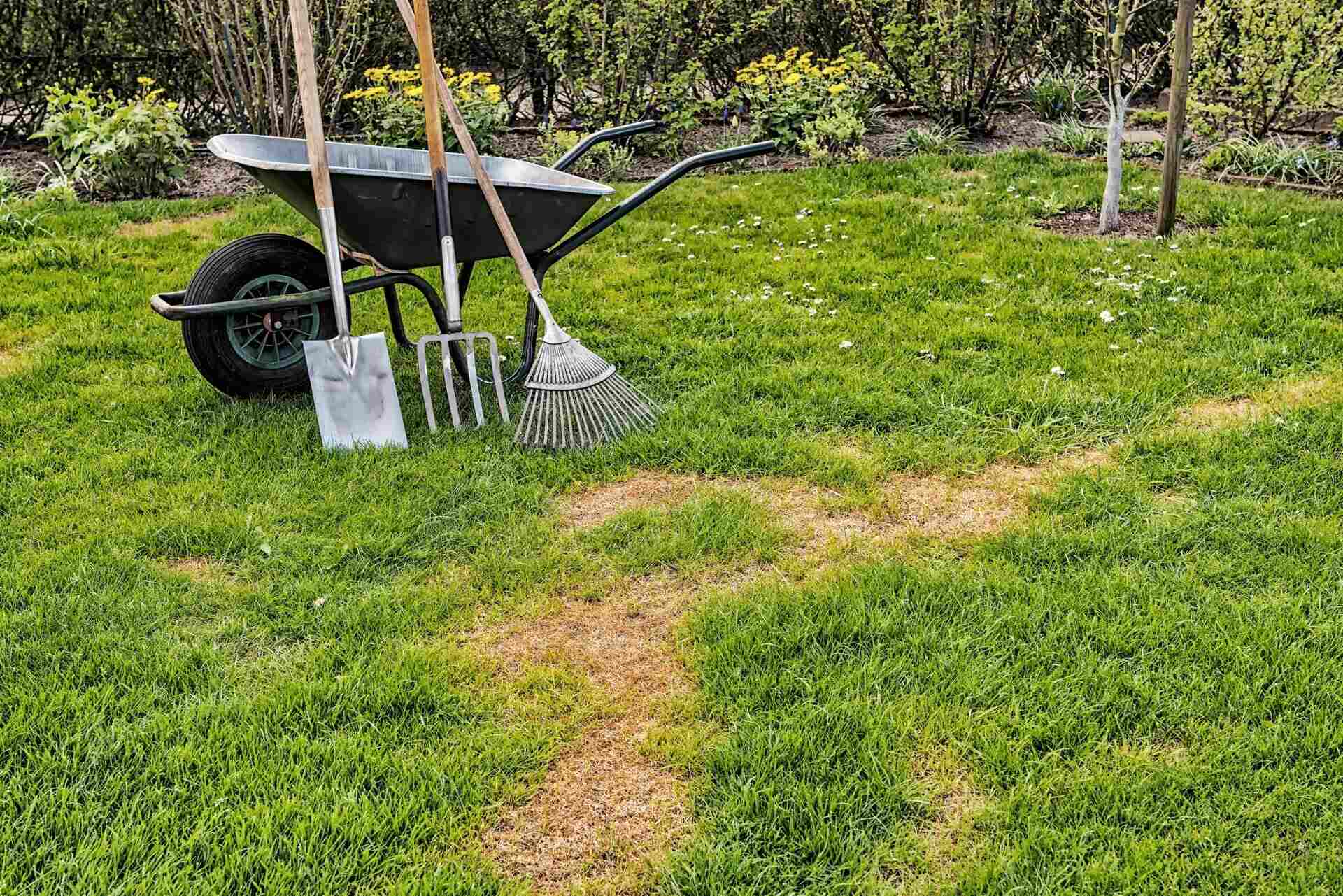
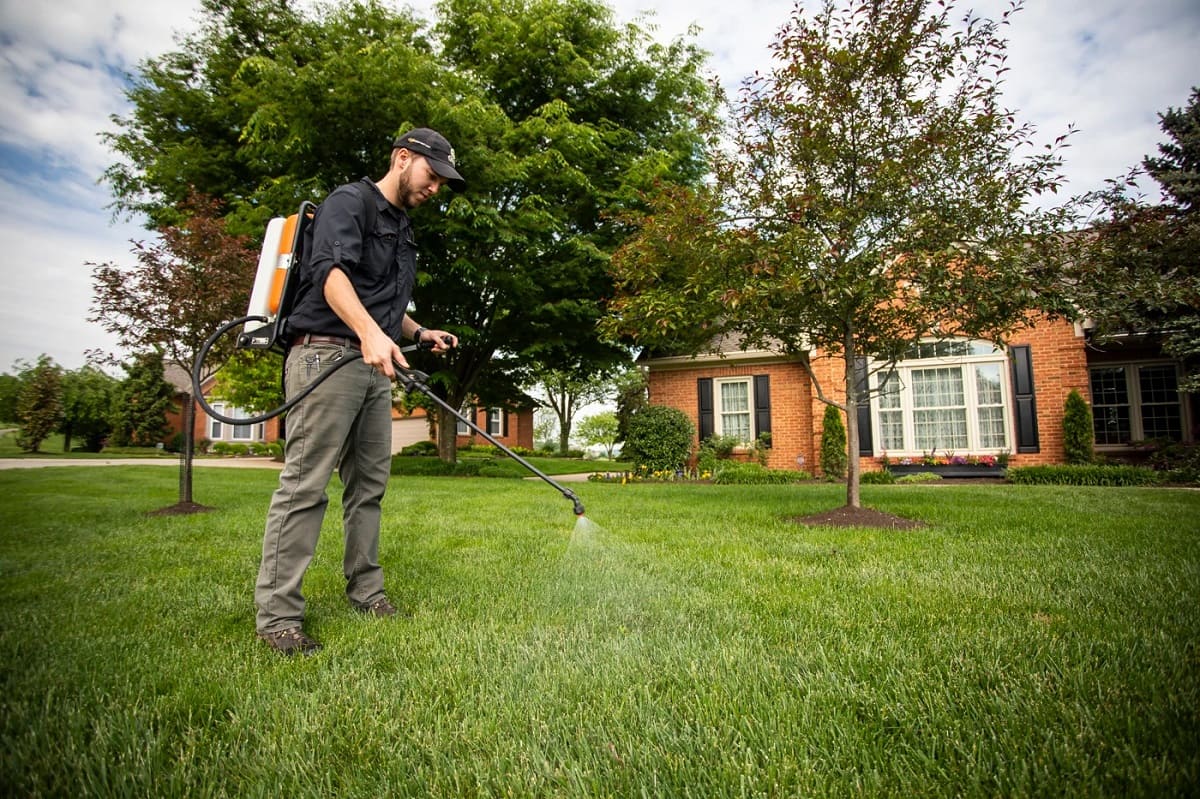
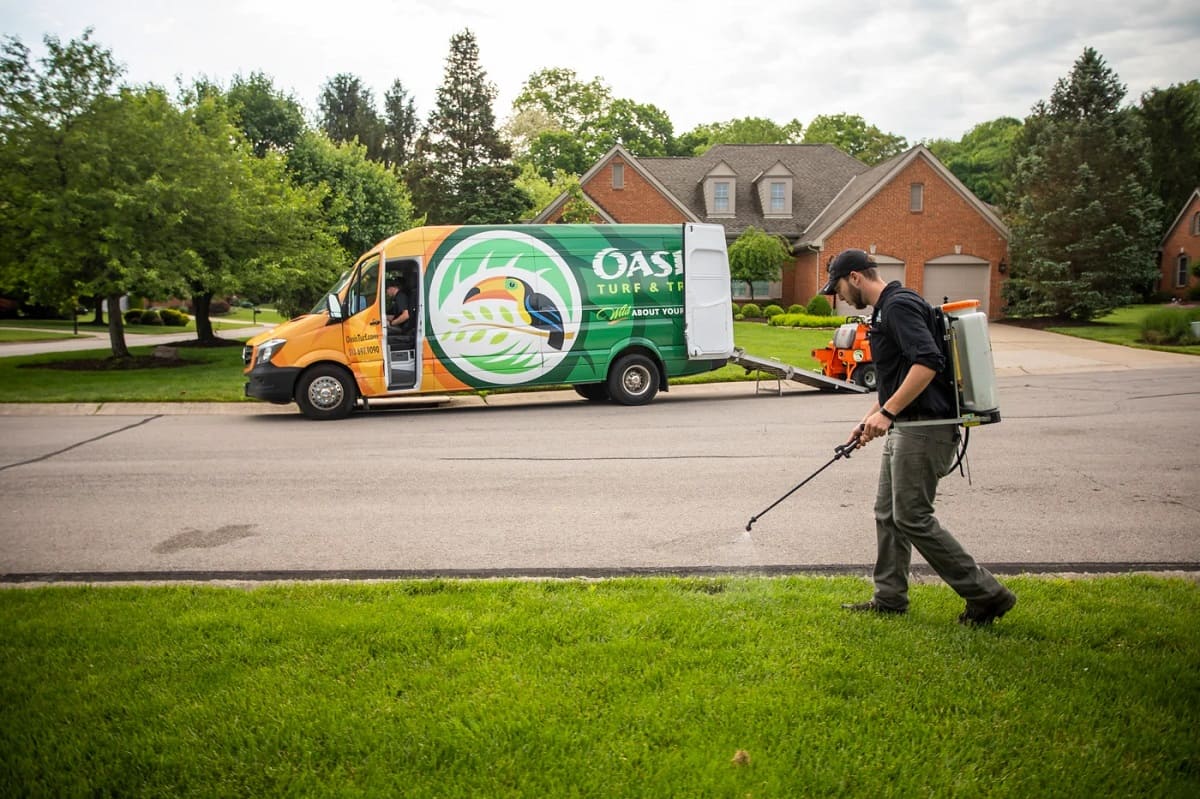
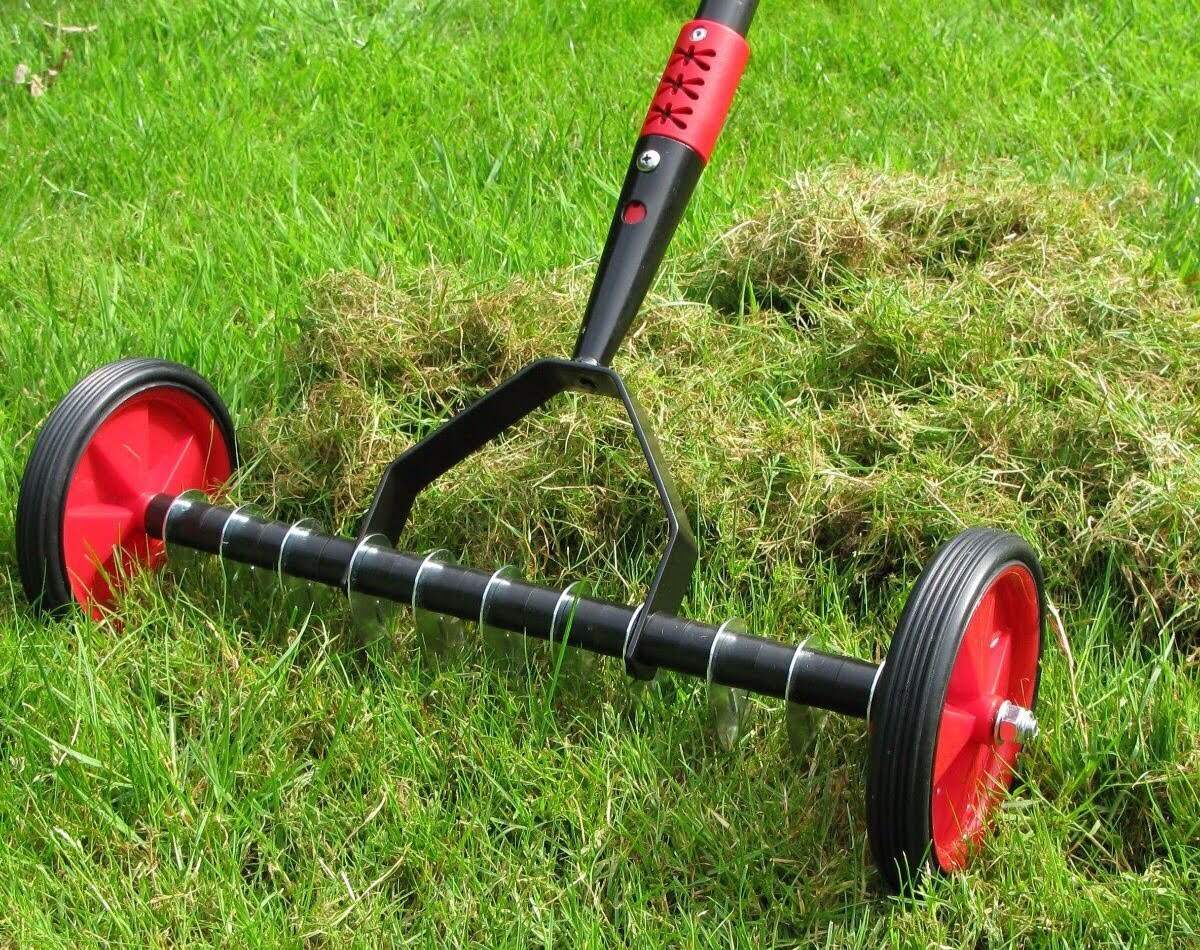
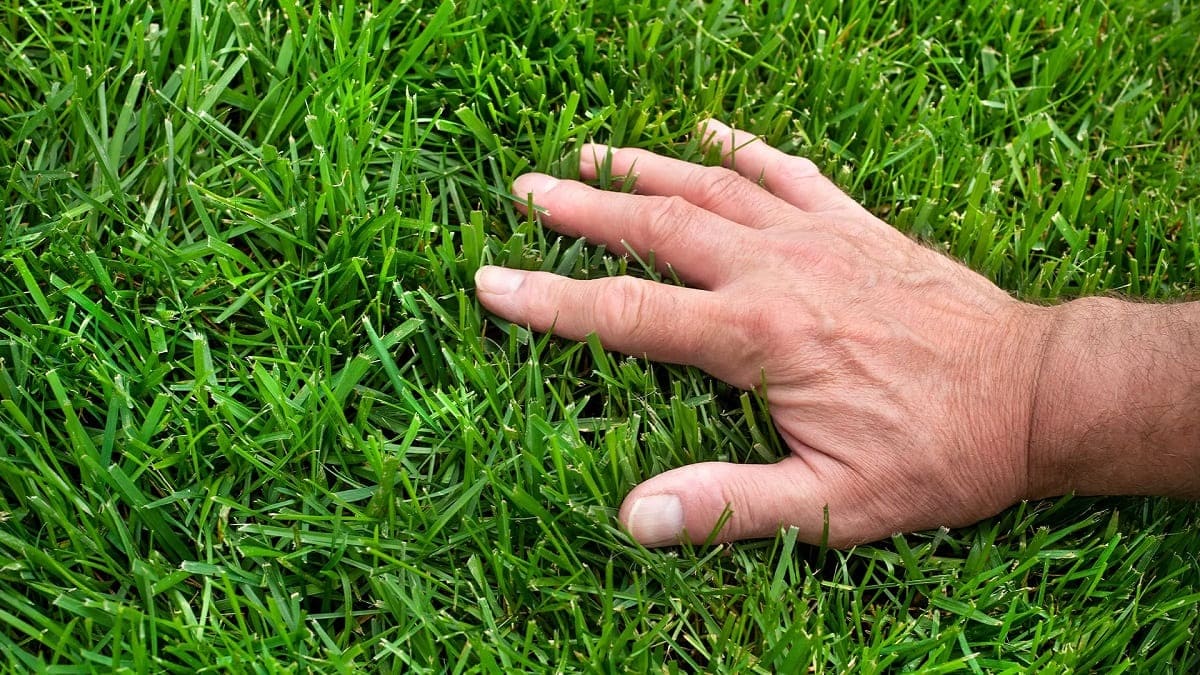


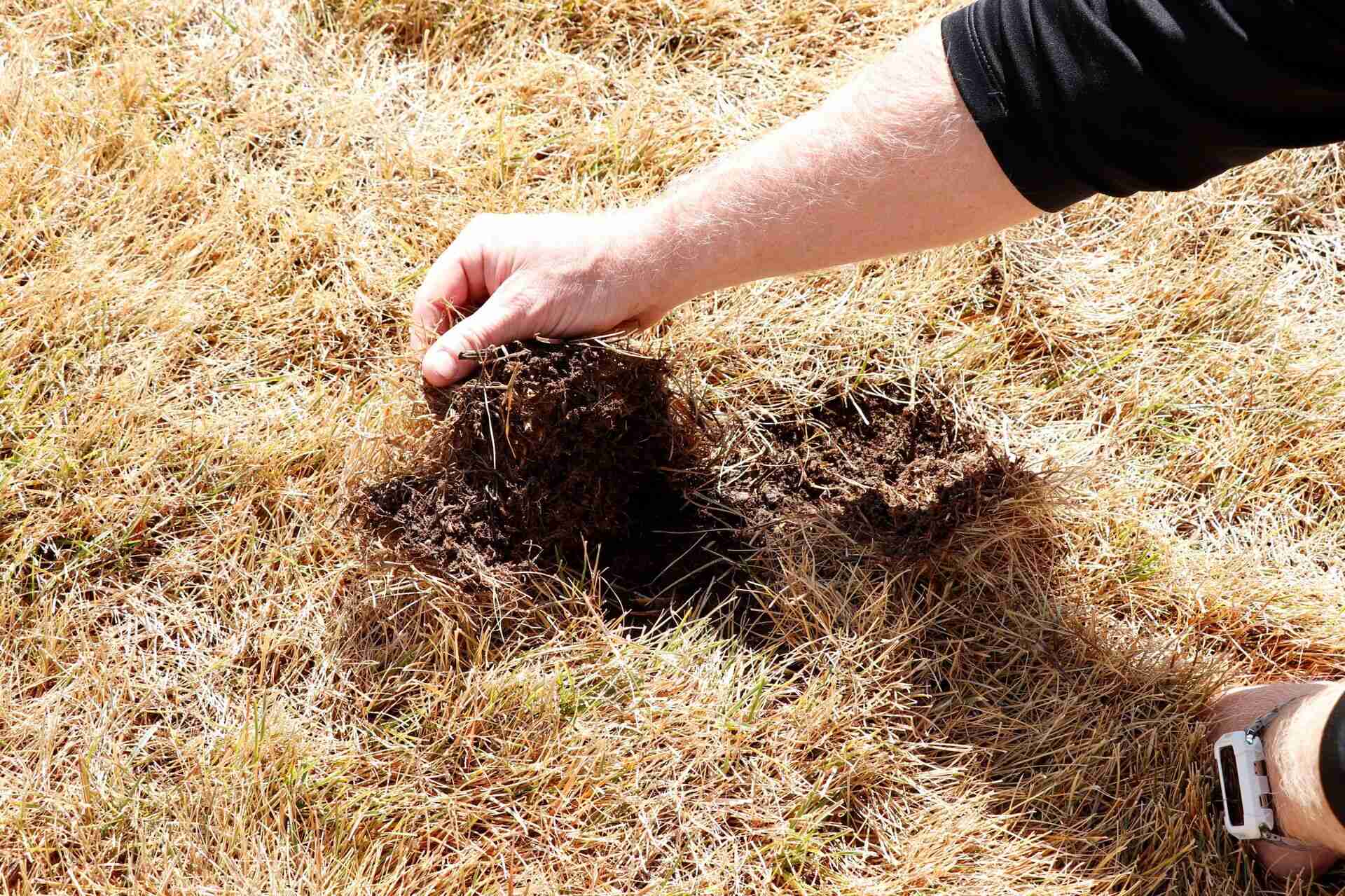

0 thoughts on “What Mown Lawns Do”